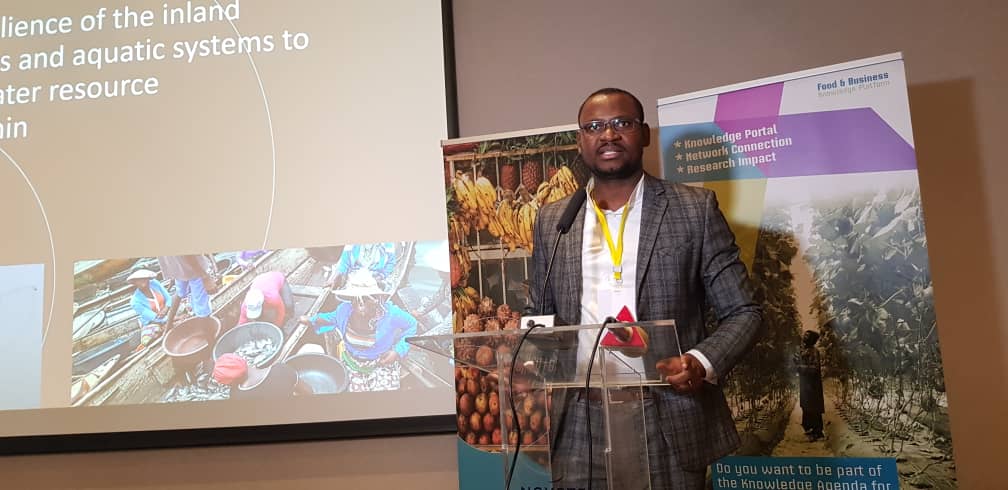Evidence is an essential resource both in policy development and in the design and implementation of high-impact projects and programmes. Evidence includes research findings, statistical data, evaluation results, citizens, and expert knowledge and opinions. A large amount of evidence has been generated and available during these last decades. Especially on food security and nutrition, evidence has been generated to support policymakers and practitioners of developing countries in making important decisions. However, evidence generation does not systematically lead to its adoption, mainly because of the limited capacities and susceptibilities of evidence users to embed research within policy formulation and project/programme design and implementation. This does not promote informed decision-making for the implementation of adequate actions and relevant interventions with more lasting positive impacts within communities.
ACED and 3ie have elaborated a practical guideline in eight key steps to facilitate access, understanding, and use of evidence for non-governmental organizations (NGOs) active in the field of food security and nutrition in West Africa. These steps include:
- Ask yourself the right questions. The first step is the definition of objectives and learning questions to guide the evidence search based on four pillars: the problem, the intervention, the comparison, and the outcome. It is essential to adapt your question as you go through your search for evidence.
- Determine the scope of your evidence base. This step includes a stakeholder analysis to define or identify what already exists and who is working on or interested in the same evidence base. This allows to search for more evidence or use what already exists.
- Determine what type of evidence you are looking for. Here decisions are made upon the sources and types of information you will use for the questions you seek to address. You must pay attention to the two main data types, quantitative and qualitative.
- Conduct a search for evidence. To conduct the search for evidence, both academic and gray literature should be consulted through platforms and websites providing relevant references on the topic concerned. However, you need to carefully develop a search string to obtain the most relevant results.
- Synthetize your evidence. After the search, evidence needs to be synthesized based on five key factors, including technical quality, scope, context, consistency of findings on what works and what doesn’t, and cost of interventions.
- Bring the evidence into your concrete context. At this step, there is a need to link evidence to the concrete context of your intervention in coherence with the previous steps. In addition, ensure that your evidence is informing and is informed by your intervention’s theory of change which is a living tool that guides your intervention over its course based on evidence.
- Present your findings. Key elements must be considered when it comes to present findings. There are the credibility and accessibility of findings, the targeted audience, and the best time and format of presenting.
- Inform the re-design, design, and implementation of interventions. During the last step, a logical framework must be used to systematically follow the steps of your established scope and/or theory of change. Monitoring, Evaluation, and Learning (MEL) is an important tool to use design and evidence in an interactive process following the different steps of the project’s lifecycle.
To know more about how to access, understand and use evidence, an online course was developed and accessible (self-paced and free) at: https://epanetwork.org/formation/.



